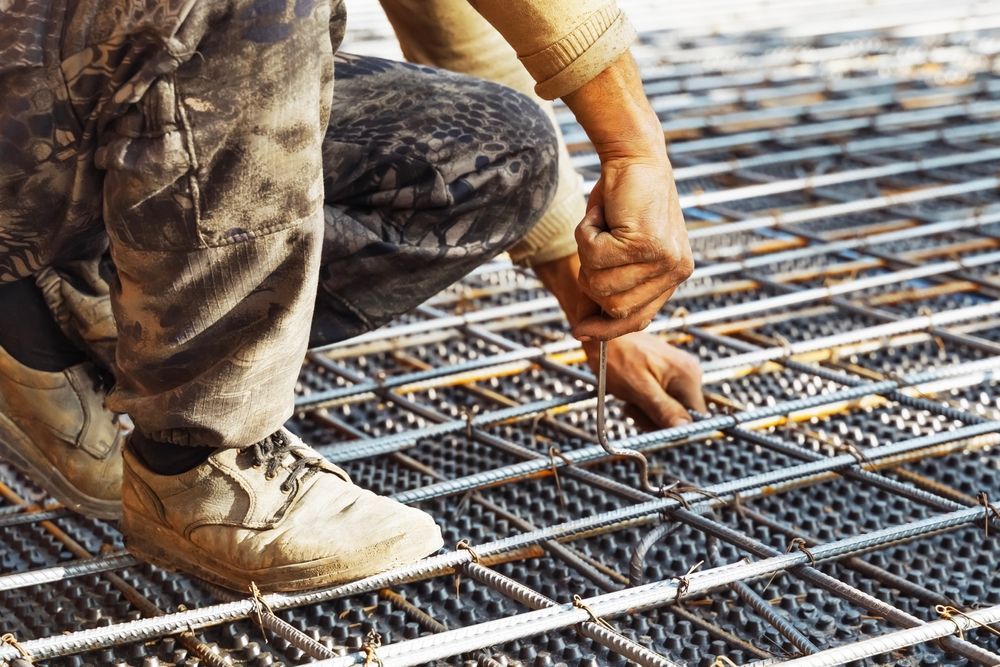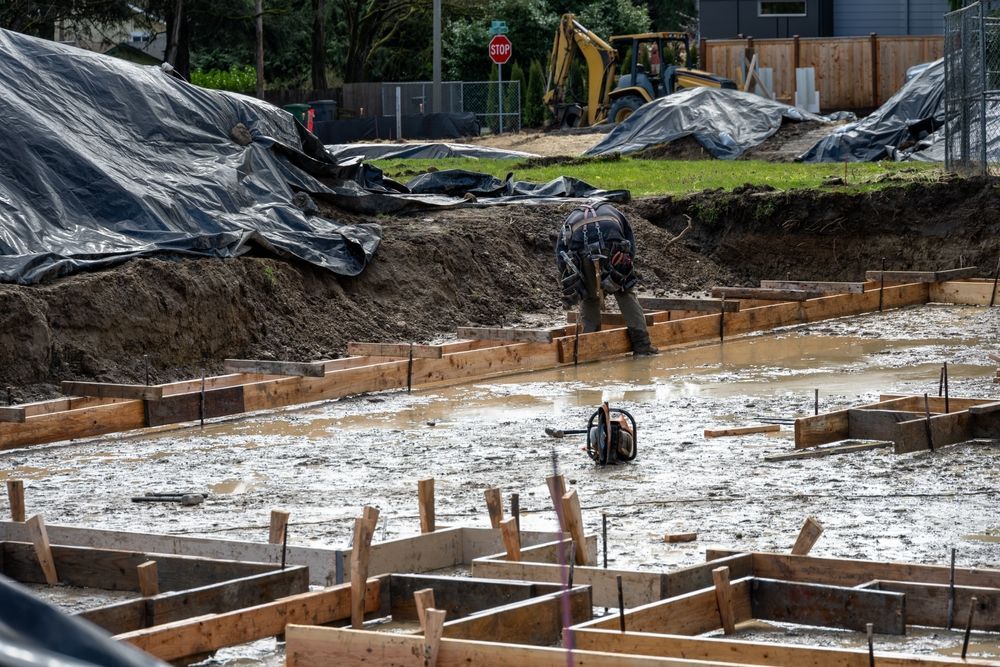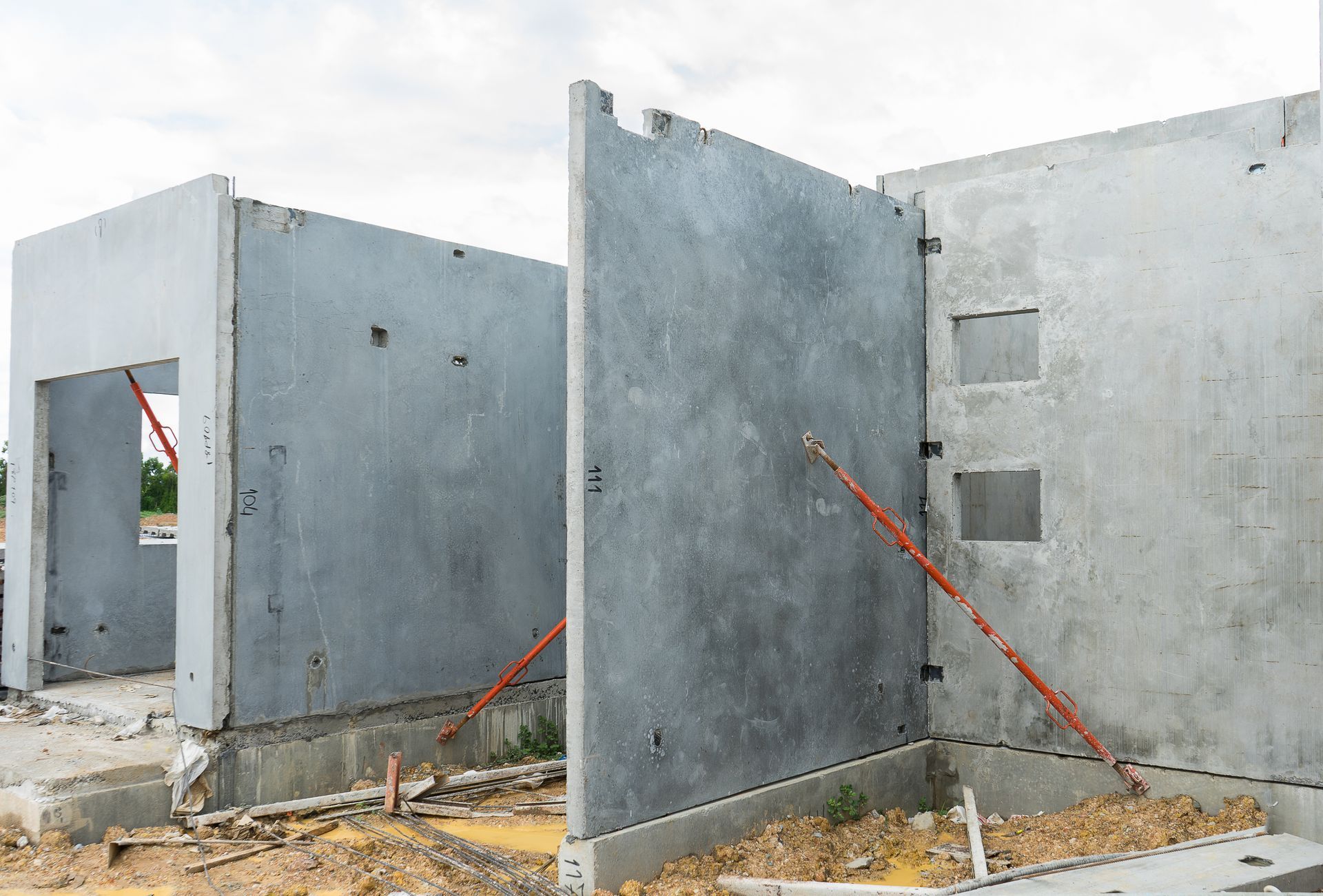10 Tips on Construction Safety at Project Sites
Written by: Bracing Systems
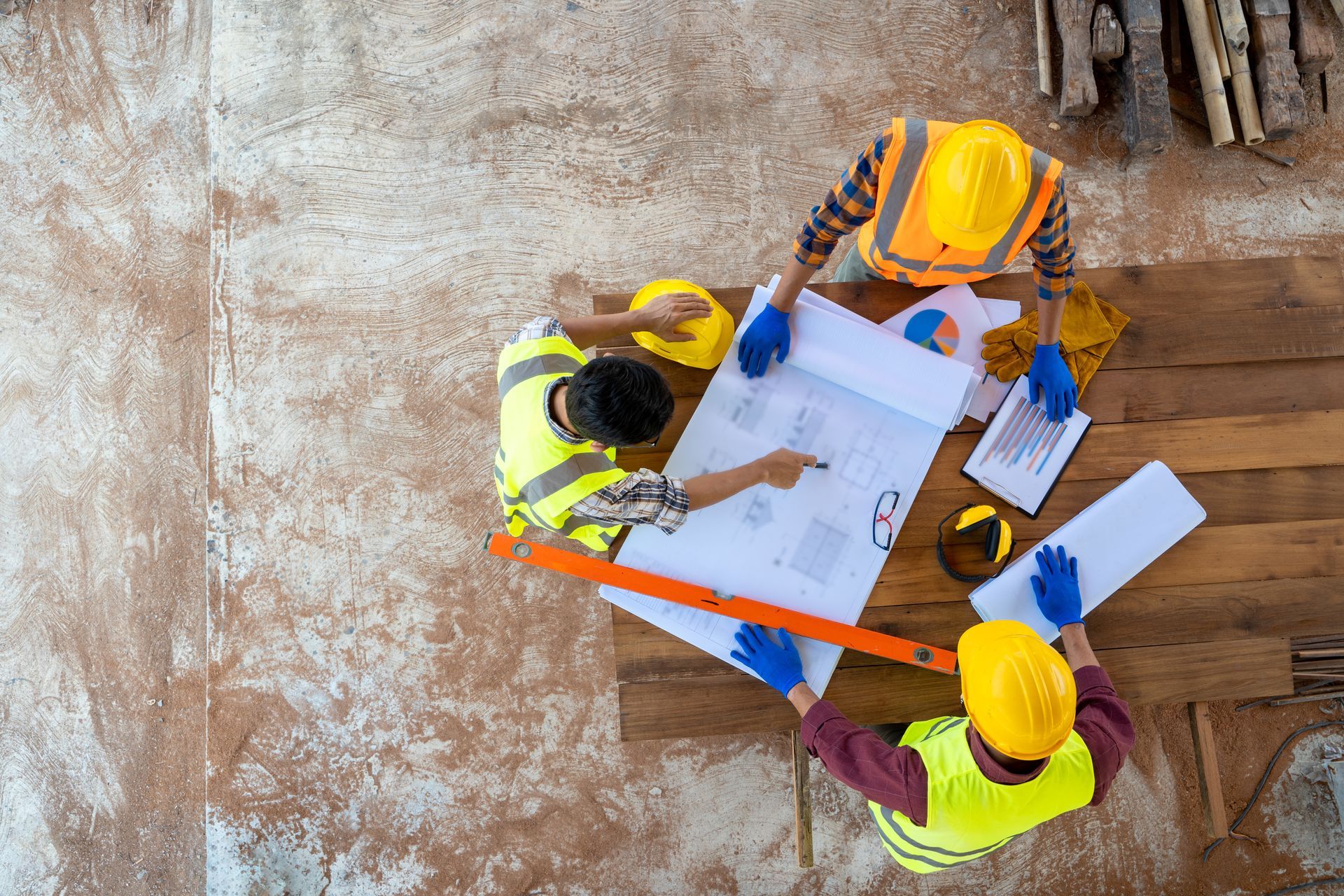
Construction is one of the most dangerous industries, and being a contractor is one of the most dangerous professions. Safety on the job site saves lives and keeps construction going. Without safety protocols in place, workers lives are at risk.
There are many things that you can do to stay safe on the job site. In this article, we'll go over ten essential construction safety tips that can help keep your construction projects safe for your workers and anyone present.
Construction Safety Tips on Project Sites
1. Implement Safety Protocols for Common Procedures
Most likely, your workers go through a lot of the same procedures on different work sites. Have protocols in place for those common procedures that everyone must do. Practice the protocols until they're second nature, and when a new person is hired, put them through training until they can comfortably go through those protocols themselves.
Have a training manual on hand on every job site, with the procedures documented inside. This way, if there's ever a question about what the protocol is, your workers will know what to do.
2. Educate Your Workforce
Have regular training meetings, either at the start of each week, or even at the start of each workday. Make safety a constant conversation between supervisors and workers. This creates a culture of safety and helps ensure that everyone knows what they need to do to keep themselves safe. Having these training meetings also shows that you're serious about keeping your workforce safe, and creates an environment wherein even when someone forgets a safety procedure or rule, others will remember.
3. Always Wear PPE
PPE is an essential part of every construction site. PPE needs to be worn for various activities during construction. Safety glasses, N95 masks, safety boots, safety gloves - all of these commonly recognized items are essential PPE on the construction site. Everyone on the job site needs PPE, whether that's a hard hard, metal-tipped boots, or ear protection.
Make PPE available and reinforce to workers that they must wear the required PPE whenever on the job site, no exceptions.
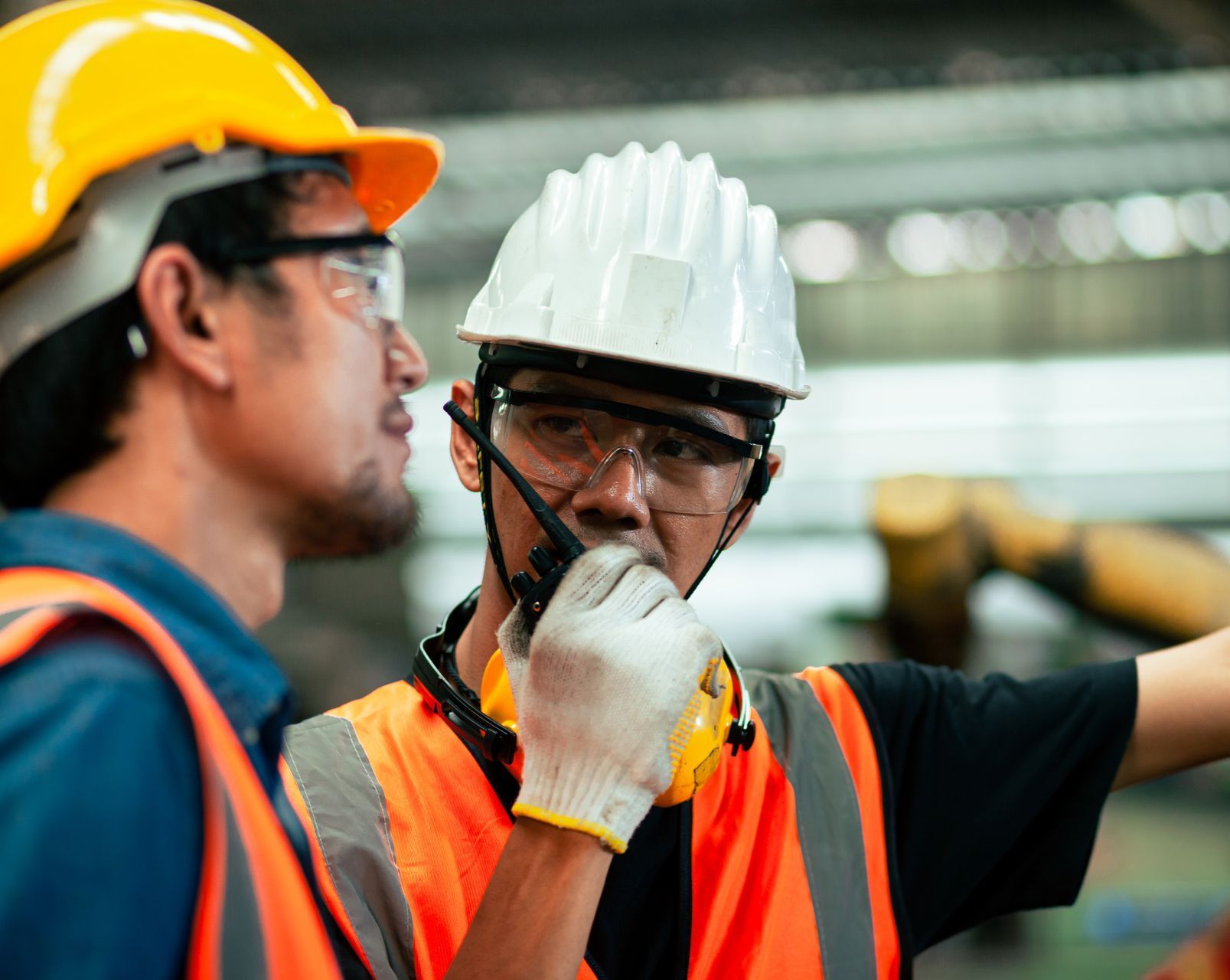
This will help build a culture of safety and ensure that your workers are doing what they need to do to stay safe.
4. Always Be Aware of Surroundings and Follow Signs
There's often a lot going on at the job site. The bigger the job site, the more activity you can expect. Being aware of those activities on the job site is important. Train workers to maintain vigilance on the job site. During daily safety meetings, go over the activities of the day to ensure that everyone present knows what's going on and can watch for those activities.
5. Ensure Everyone Understands the Project and Has Clear Instructions
Start every new project with an overview of what will be accomplished. All workers, foremen, supervisors, managers, and project managers need to be aware of the various components of the job site, especially if they will be present when those activities are taking place. Understanding can lead to smart decisions and can prevent accidents.
6. Keep the Project Site Tidy
Clean up the job site at the end of every day. Put away tools and cover anything that could be exposed to rain. Clean up cords and litter. Keeping the project site tidy can prevent trips, falls, and other accidents.
7. Ensure Tools and Equipment is in Good Working Condition
Tools that are in poor working condition can lead to job site accidents in a variety of ways. Frayed cords can cause electrocution, masks that have been worn too many times may become ineffective, and safety glasses that are too scratched may hinder the site more than promote it. Using good equipment and good tools can keep your workers performing on the job site, with efficiency and competence.
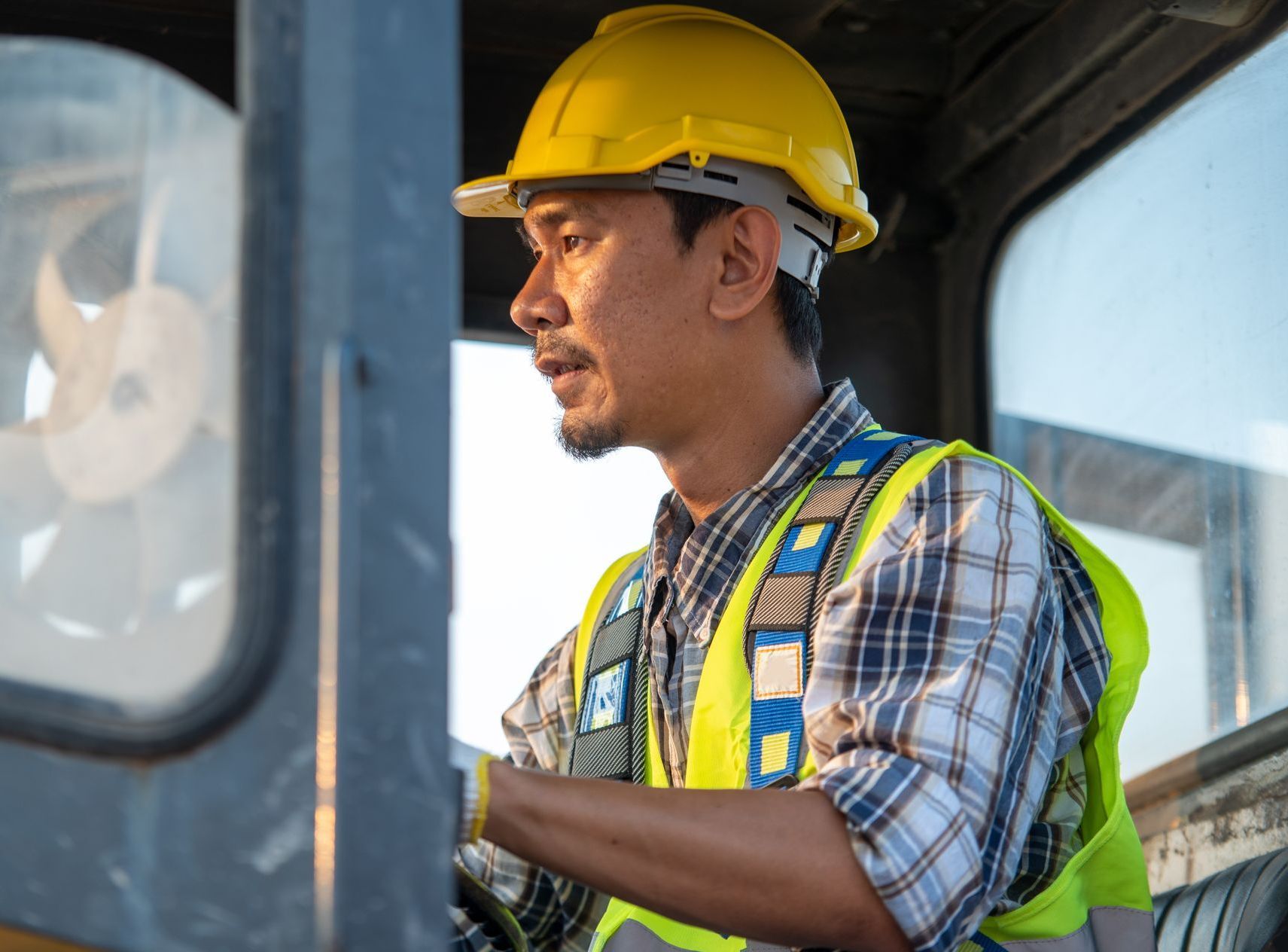
Make a protocol that requires workers or supervisors to inspect tools and PPE before each project, or even before each day. Teach workers how to recognize the signs that a piece of equipment is no longer working properly, and encourage them to say something when their tools are no longer in good condition.
By creating an environment where it is expected that old tools are retired to be replaced with new tools, you can ensure that your workers will always have what they need to get the job done safely.
When a piece of equipment is experiencing a problem, get your equipment repaired by an entity you can trust.
8. Use The Right Equipment for the Right Task
Make a list of tools and equipment that are required at the start of every project. If you don't have those tools, purchase or rent what you need. Remember that purchasing tools makes you responsible for the maintenance and upkeep. When you rent, the company you rent from will handle that for you. Always rent equipment from a company that you can trust to maintain its equipment properly.
9. Report Issues Immediately
Teach workers that they have a responsibility to come to managers or supervisors when there's a problem on the job site. Whether it's a piece of equipment that isn't working properly, a question about job site safety, or a concern that some workers aren't following protocols, all workers should come forward with their concerns as soon as they arise.
10. Have an Emergency Response Plan
Sometimes things go wrong. Having an emergency response plan in place can help keep workers safe. Have an evacuation route in the event of a fire, know what to do if an earthquake occurs, and should a bad storm arise, have a protocol in place. Go over these emergency procedures with workers during safety meetings. Encourage workers to ask questions and engage during safety meetings, so you can know that your workers are paying attention and understanding during these conversations.
Bracing Systems Has Everything You Need for Construction Projects in One Place
Construction safety is important! That's why
Bracing Systems only sells and rents the best quality tools and materials for your construction projects. We're committed to safety in the construction industry, and we hope you are too.
Call today to get started with your
material purchase or
scaffolding or material rental.

